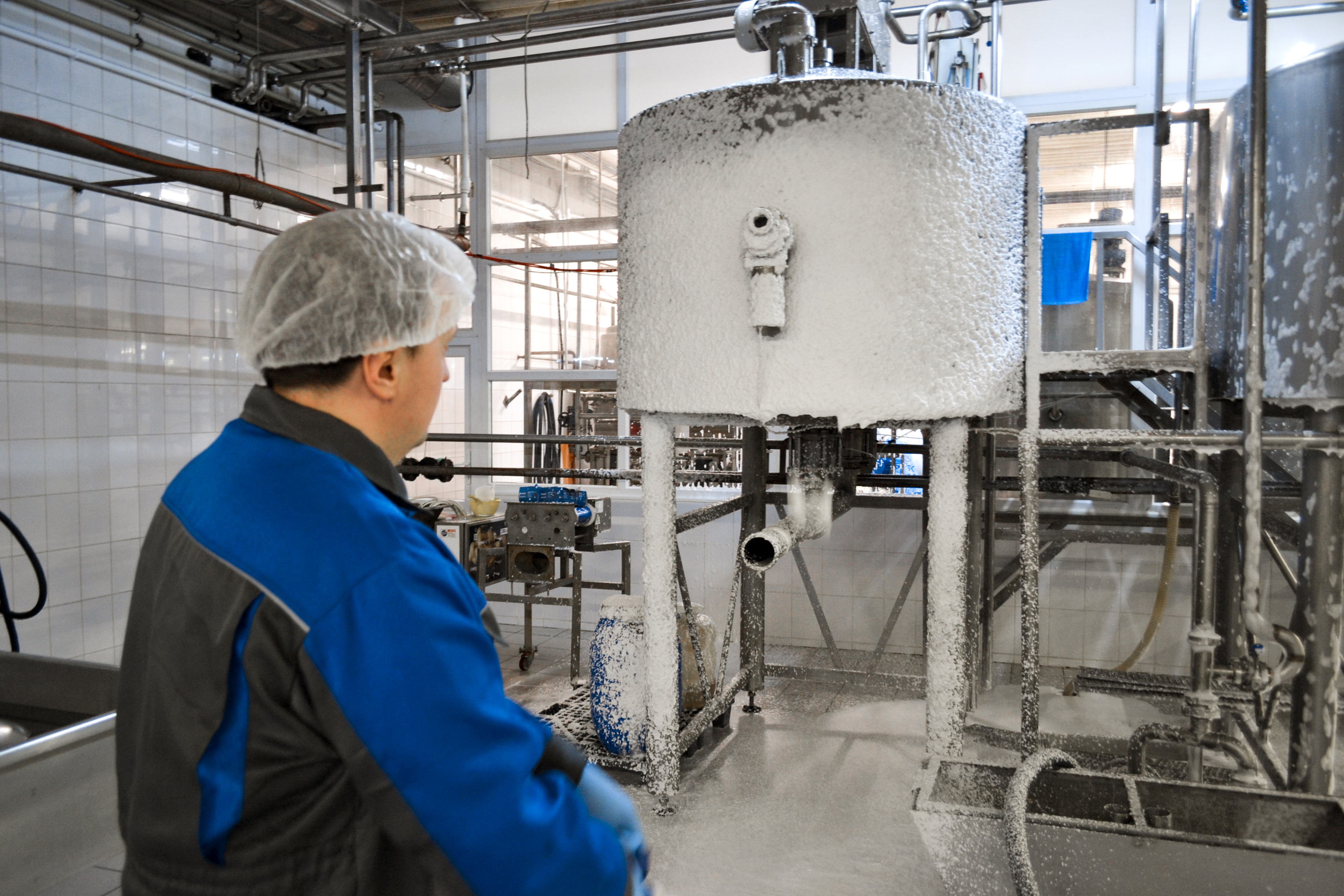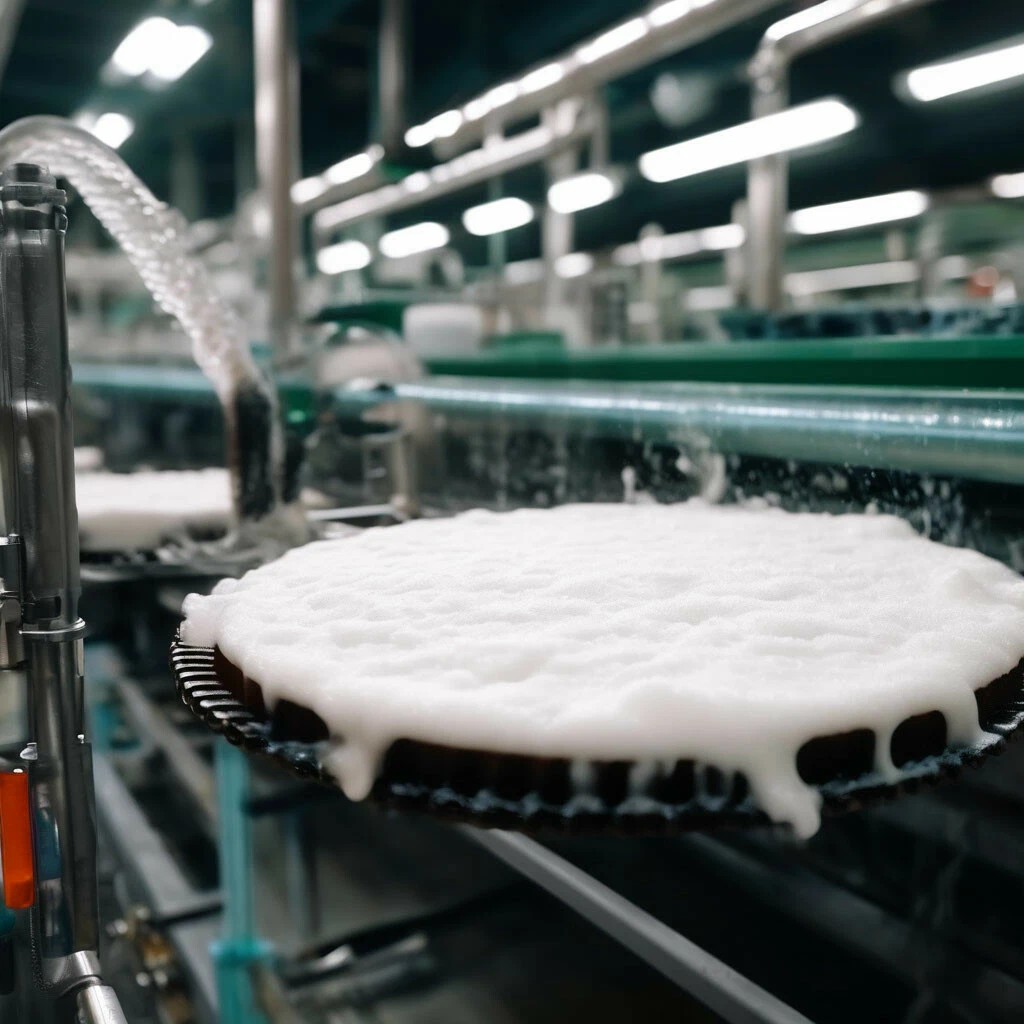
Main industrial applications
Luminometers are widely used to check the cleanliness of production equipment, conveyor belts, work surfaces, tools and other objects in contact with food. They can be used both at the stage of preparation for the start of work, and for checking after cleaning the house. For example, a luminometer can show whether the cleaning was carried out efficiently, or whether there are organic residues on the surface that require additional cleaning. This control is particularly important in areas with high hygiene requirements, such as dairy or meat production facilities.


